Archives
- 2025-12
- 2025-11
- 2025-10
- 2023-07
- 2023-06
- 2023-05
- 2023-04
- 2023-03
- 2023-02
- 2023-01
- 2022-12
- 2022-11
- 2022-10
- 2022-09
- 2022-08
- 2022-07
- 2022-06
- 2022-05
- 2022-04
- 2022-03
- 2022-02
- 2022-01
- 2021-12
- 2021-11
- 2021-10
- 2021-09
- 2021-08
- 2021-07
- 2021-06
- 2021-05
- 2021-04
- 2021-03
- 2021-02
- 2021-01
- 2020-12
- 2020-11
- 2020-10
- 2020-09
- 2020-08
- 2020-07
- 2020-06
- 2020-05
- 2020-04
- 2020-03
- 2020-02
- 2020-01
- 2019-12
- 2019-11
- 2019-10
- 2019-09
- 2019-08
- 2019-07
- 2019-06
- 2019-05
- 2019-04
- 2018-11
- 2018-10
- 2018-07
-
The present study sought to determine if chlorodifluoroaceto
2019-07-13

The present study sought to determine if chlorodifluoroacetophenones, such as 3 and 4, were amenable to a radiolabelling methodology to generate potential 18F imaging agents with high cholinesterase affinity. A number of procedures have been reported for the synthesis of trifluoromethyl ketones, inc
-
A recent analysis of urine
2019-07-13

A recent analysis of 2721 urine samples collected from 245 men and 408 women across the US general population between 2005 and 2010 showed that MP, PP and BuP were measurable in 99.9%, 98.3% and 73.6% of samples from women and 99.3%, 90.2% and 35.9% of samples from men, respectively (Smith et al., 2
-
A previous study reported that it
2019-07-13
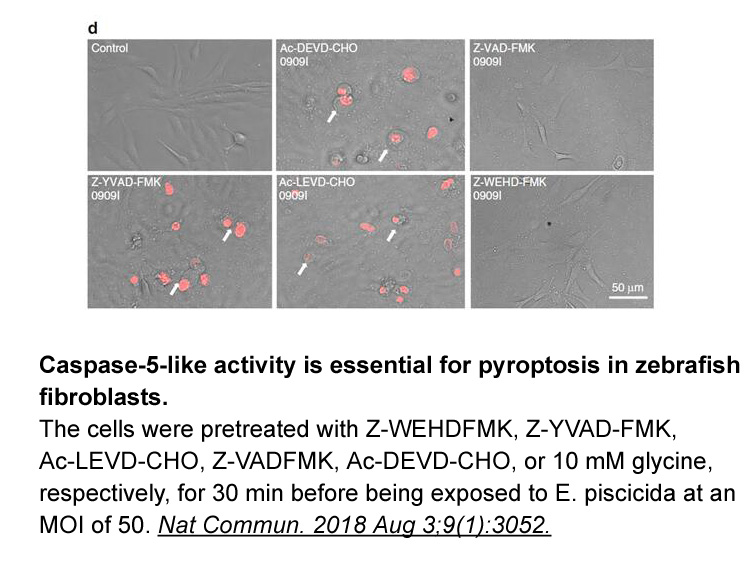
A previous study reported that it is unlikely that silkworm mounts a general type of immune response to all viruses (Liu et al., 2015). It is not clear whether there is a common pattern of host regulation for silkworm viruses. Spry is a general inhibitor of receptor tyrosine kinases (RTKs), which is
-
Little information is available regarding the expression of
2019-07-13
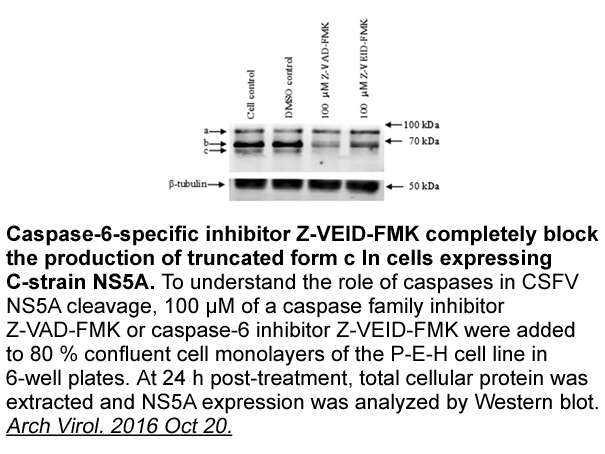
Little information is available regarding the expression of the different EP receptor subtypes on human monocytic cells, particularly those that are involved in downregulating cytokine production. The receptors are controlled by the respective genes for each receptor i.e. PTGER1–PTGER4 for EP1–EP4 r
-
As the first allotetraploid fish in the
2019-07-12

As the first allotetraploid fish in the world, our lab selectively breed the allotetraploid hybrid fish (4nAT, 4n = 200) from the distant hybridization offspring F3 of female Red Crucian Carp (Carassius auratus red var., abbreviated as RCC, 2n = 100) and male Common Carp (Cyprinius carpio L., abbrev
-
ck2 inhibitor A small subset of compounds composed the triaz
2019-07-12

A small subset of compounds composed the 5-[1,2,4]triazino[5,6-]indole cluster (). This series of compounds was characterised by a central heterocyclic core with an R1 alkyl amine chain, required for potency (. , , and ), with preference for morpholine over piperidine (. ). The scaffold can be subst
-
N fowleri enters the host through the nasal cavity
2019-07-12

N. fowleri enters the host through the nasal cavity and travels via the olfactory nerve into the β(1,3)-d-glucan synthase where it causes PAM (Visvesvara and Stehr-Green, 1990). The ameba most commonly infects healthy young adults and children and is able to evade the immune system but also elicits
-
br Results and discussion br Conclusion Based on the
2019-07-12

Results and discussion Conclusion Based on the structure of ThDP, in this study, a series of novel ThDP analogs 6a-6g and 8a-8g were designed by optimizing triazole-benzene linker and modifying the substituent group of triazole ring. Then they were synthesized as potential inhibitors of Cy-PDH
-
In some of our studies we examined the occurrence of
2019-07-12
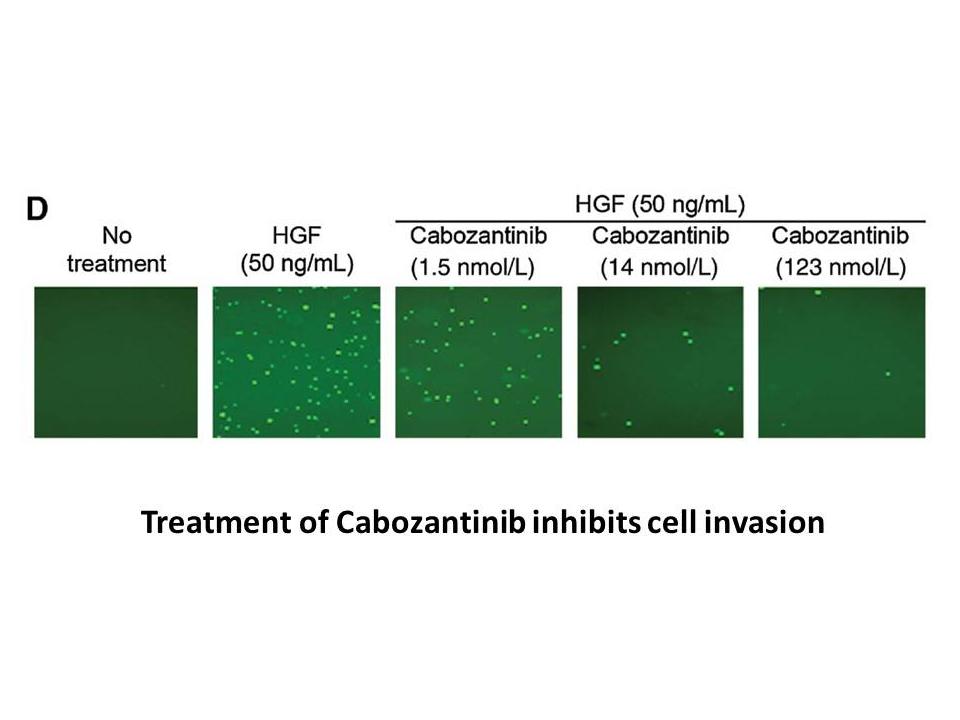
In some of our studies we examined the occurrence of ERβ and SHBG and a possible colocalization between them. Fig. 5 shows that there is no big difference in the occurence of ERβ after short time (A) as well as long time (B) treatment with E2. We can find the receptor at the cell membrane as well as
-
(R)-PFI 2 hydrochloride The importance of AAE in enhancing
2019-07-12
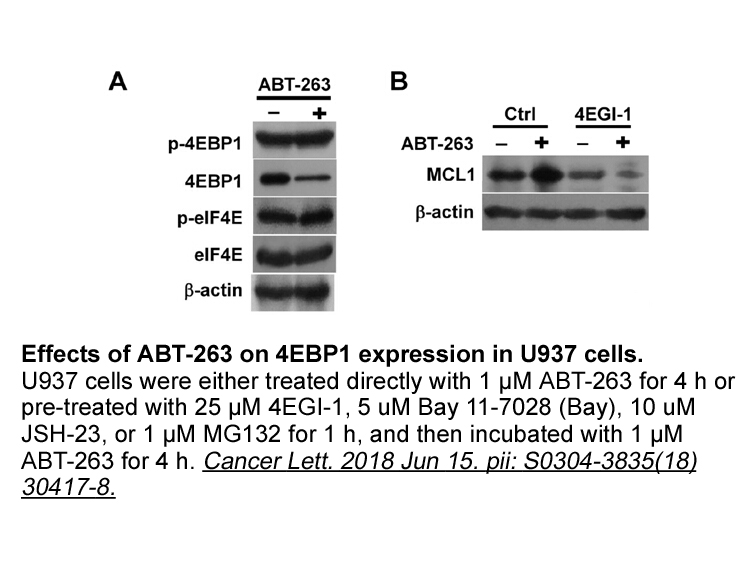
The importance of AAE3 in enhancing the survival of plants and yeast when confronted with certain environmental stresses has been documented in recent reports. In response to biotic stress such as oxalate-secreting micro-organisms, AAE3 was found to reduce the inhibitory growth effects of the secret
-
The prospects of the use of this novel
2019-07-12

The prospects of the use of this novel approach for the selective local thermo-activation of enzymes include biomedical and biotechnological applications. As NPs could be engineered to gain access to Tenatoprazole weight through the endosomal compartment [47] or through non-endocytotic pathways [48
-
Collagen X is a homotrimeric molecule of three X chains
2019-07-12
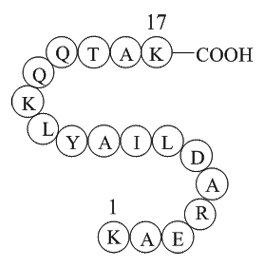
Collagen X is a homotrimeric molecule of three α1(X) chains (Mr 59 kDa) comprising a 45 kDa triple-helical domain flanked by an N-terminal (NC2) and a larger C-terminal (NC1) non-collagenous domains (Shen, 2005). In the hypertrophic ECM, collagen X most likely forms an extended hexagonal network, as
-
The levels of circulating pro inflammatory cytokines
2019-07-12
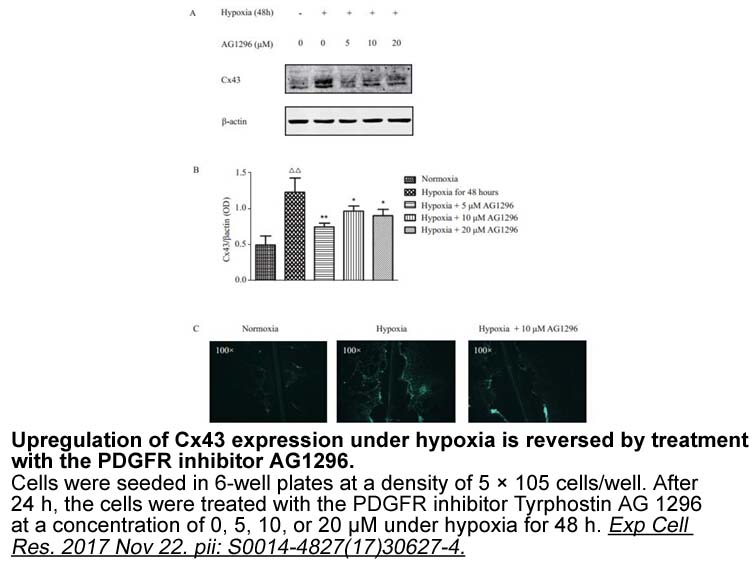
The levels of circulating pro-inflammatory cytokines are markedly elevated in ESRD, and have been speculated to play an important role as causative factors in a number of uremic complications [37]. The impairment of phagocyte functions and deregulated cytokine productions are highly prevalent in CRF
-
Other enzymes outside of the circadian clock also have effec
2019-07-11

Other SB273005 weight outside of the circadian clock also have effects on CR. Lithium, a drug used to treat bipolar disorder, has been shown to lengthen τ in a variety of systems [17]. While the molecular mechanism whereby lithium exerts its therapeutic effect is unclear, it is known to be an inhib
-
It is well known that
2019-07-11
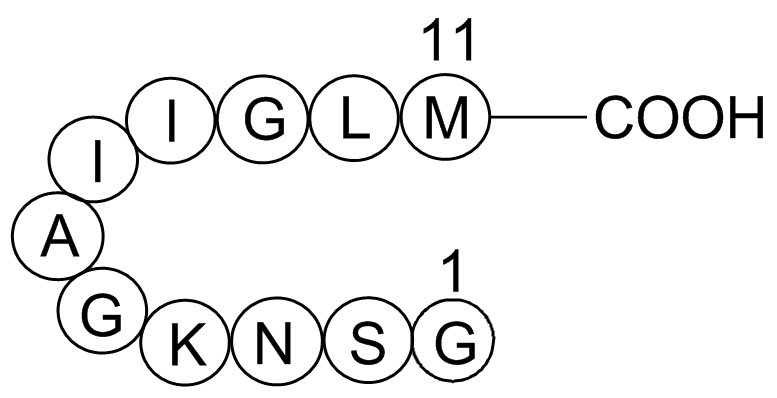
It is well known that Doxorubicin-induced cardiotoxicity occurs via p53-mediated apoptosis (Lorusso et al., 2007). However, there are few studies elucidating the mechanism of HFS induced by PLD. We found that PLD induces keratinocyte apoptosis in a very low dose, and the damage induced by PLD cannot
11507 records 703/768 page Previous Next First page 上5页 701702703704705 下5页 Last page